Adventures in Namibia. A Soul Rewilding
- mantramag
- Aug 1
- 6 min read
Aliz Ertler
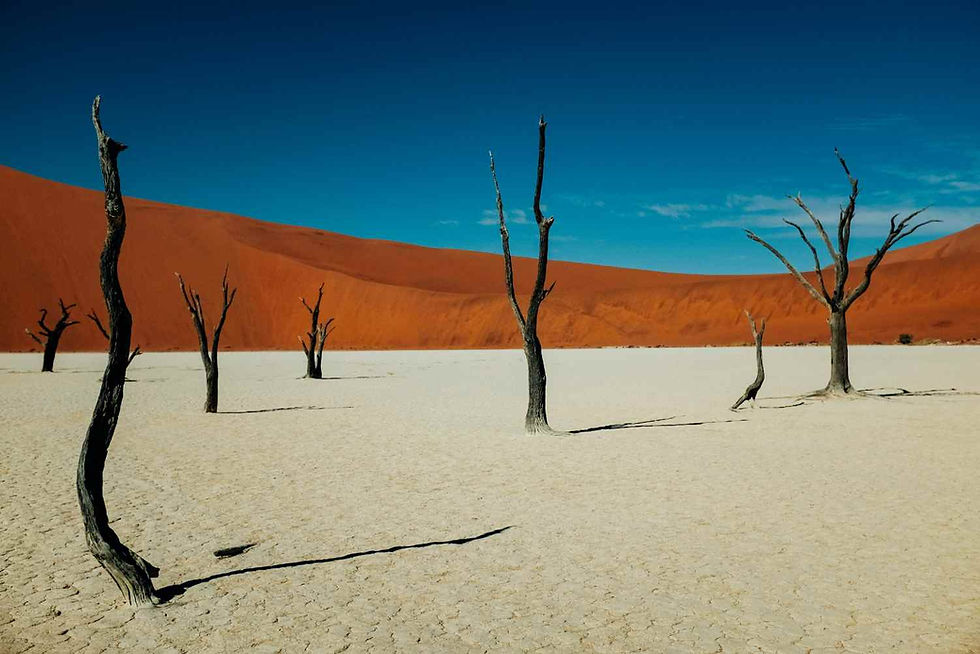
The History
Located off the southwestern coast of Africa, Namibia is almost nine times the size of Hungary, but has a population of only 3 million—one of the world’s least populated areas. The capital, Windhoek, has a relaxed, rural feel, as do the other German-sounding towns of Swakopmund, Lüreditz, and Walvis Bay.
The German colonial period is evoked by the timber-framed houses (Fachwerk) and the street names (e.g., Bismark Strasse). A special feature of the country’s German heritage is that German is still a recognized national language, alongside many tribal languages.
I dare say that Namibia is one of the most fascinating countries in the world. Its vast size and gigantic natural spectacles are astonishing. All of this can be enjoyed without crowds; in some places, you can travel hundreds of kilometers without meeting anyone.
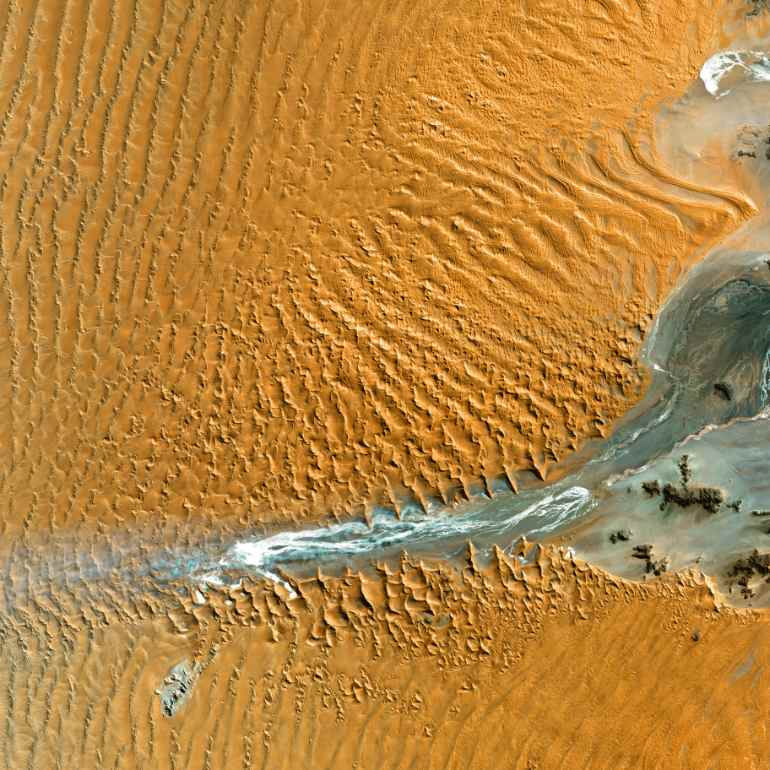
Diverse Landscapes
Sand dunes, including the world’s largest, line hundreds of kilometers of coastline. Giant rock formations hide extraordinary plants, and wildlife can be seen not only in national parks but also along the roadsides. The Skeleton Coast is home to hundreds of thousands of flamingos and huge colonies of seals, and you can also find the “skeletal remains” of shipwrecks.

Unique Wildlife
Namibia is not short on specialities when it comes to wildlife. Among them is the country’s heraldic animal: the beautiful, large-bodied spiny antelope (gemsbok, or oryx). Perfectly adapted to extreme arid conditions, it extracts water from fruits and vegetables to maximize its water intake and reduces water output by concentrating its urine, allowing it to migrate far and wide when food and water are scarce.
They can be seen quite often along the roadsides, a fantastic sight in a landscape of blue skies, sparkling sunshine, and orange sand dunes or giant boulders.
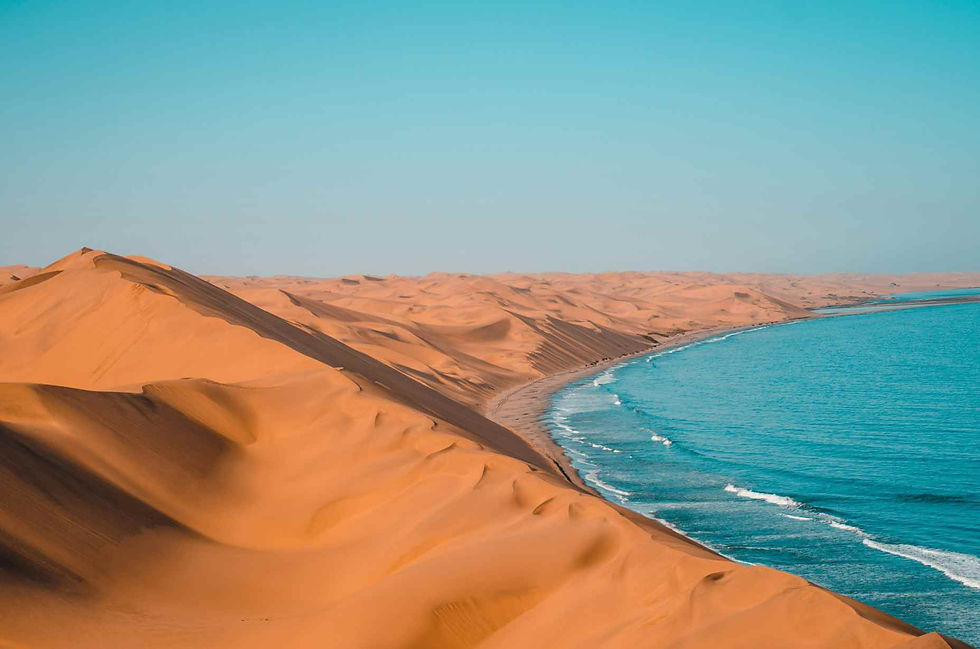
The Essentials
1. Endless Horizons
With one of the world’s lowest population densities, Namibia’s breathtaking landscapes can be enjoyed in blissful solitude.
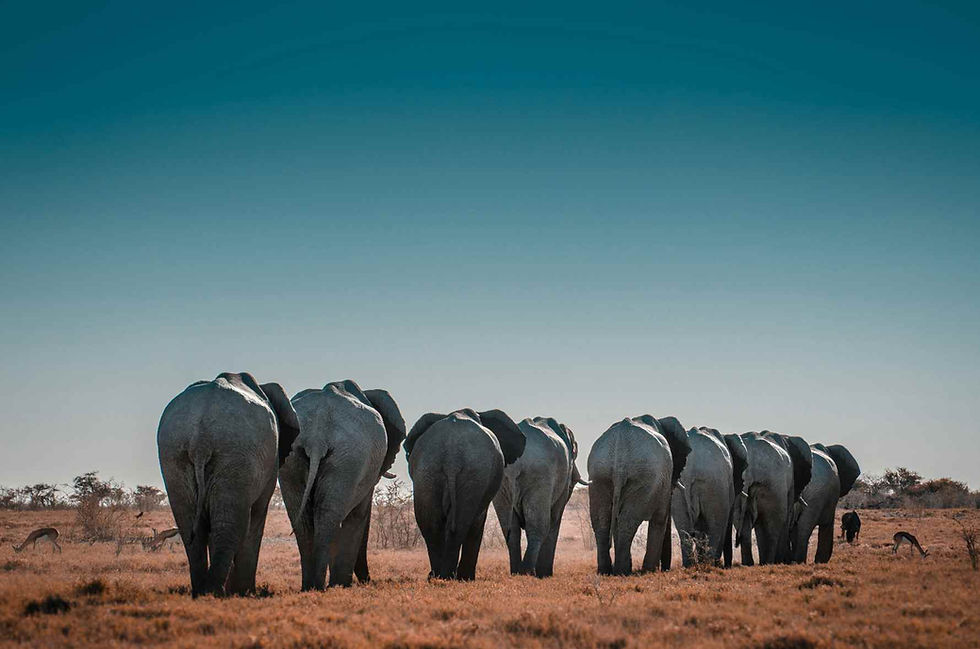
2. Wildlife Wonders
Beyond the classic safari animals, Namibia is home to oryxes, wild desert horses, and massive seal colonies along the coast.
3. Ghost Towns & Diamonds
Namibia has some of the world’s richest diamond mines, but while you can’t visit them, the eerie, sand-filled ghost town of Kolmanskop brings the diamond rush era to life.
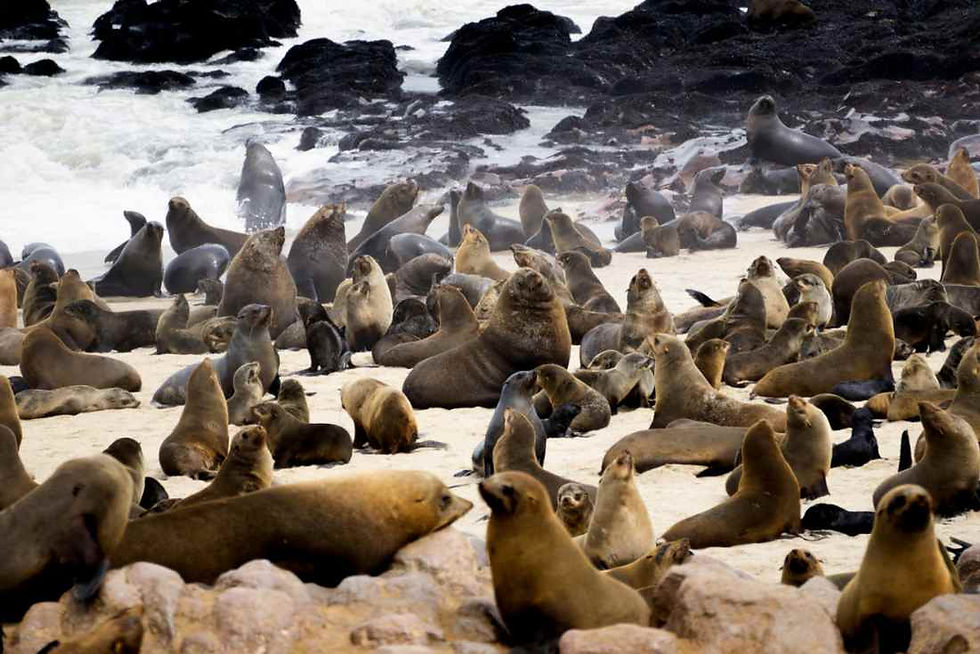
4. Camping & Glamping Paradise
Sleep under a billion stars or enjoy luxury lodges with open-air bathtubs—Namibia is made for outdoor lovers.
5. A German Past
Colonial history lingers in Namibia’s Fachwerk houses, German-speaking locals, and bakeries serving pretzels and Black Forest cake.
6. Railway Relics
While some trains still run, many desert tracks and stations are abandoned, offering hauntingly beautiful urbex experiences.

The Horses
Another special animal you may encounter in the desert is the horse. The horse is not native to Africa, so how did they get here? And why do they live in the desert and how do they survive? Their origins are a mystery and there are many theories as to how horses came to be in the wild. Some believe they were abandoned by German stud farmers, others that the horses survived a shipwreck and made their way inland.
These theories have recently been disproved; it seems that the authentic version is that German and South African troops fought in the area during World War I. The South African battalions had thousands of horses. A German military report declared that bombs were dropped on the campsite of advancing South African troops, and the horses that survived the bombing fled into the wilderness, joined by more horses from the region’s stud farms.
Namibian horses tend to roam in groups, but they are relatively easy to find in the natural watering holes of the mountains around Garub. In the 1980s, this area was annexed to the Namib Naukluft Park and artificial watering holes were installed, which not only makes it easier for tourists to find the horses, but is also necessary as the area is becoming drier.
A few hours before sunset, we reached the point where a small sign reads “Garub Desert Horses.” This sign is a very strange sight at first. Imagine a seemingly endless road in the middle of nowhere, with desert and rocky terrain alternating for hundreds of kilometers, and no villages near or far. And then suddenly there is this sign. Turning off the road, we saw a small, covered stone “observation post” offering a magnificent view of the desert and the not-too-distant mountains, which glow almost orange in the setting sun.
Not far from the observation point, we noticed some drinking holes. We had nothing else to do than to set up camp. We quickly brewed a cup of tea, stretched out our hammocks between the poles, and watched the landscape, listening to the silence. Slowly, the first horses came out of the hills. They came closer and closer, stopping now and then. A few horses appeared from another direction, and they came closer and closer as well. We were so absorbed in the slowly unfolding spectacle that in the end, we decided to stay the night. There was a stone table in the open little cottage, and we had all the ingredients for a good dinner, so we threw something together, had a glass of wine, watched the horses, and admired the billions of stars.
Skeleton Coast
In Namibia, the cold Atlantic current Benguela causes dense fog for several months of the year, with many ships stranded on coastal rocks or on the reef. The result is the world’s largest ship graveyard, much of which can only be seen from a helicopter. It is no coincidence that this area is called the Skeleton Coast.
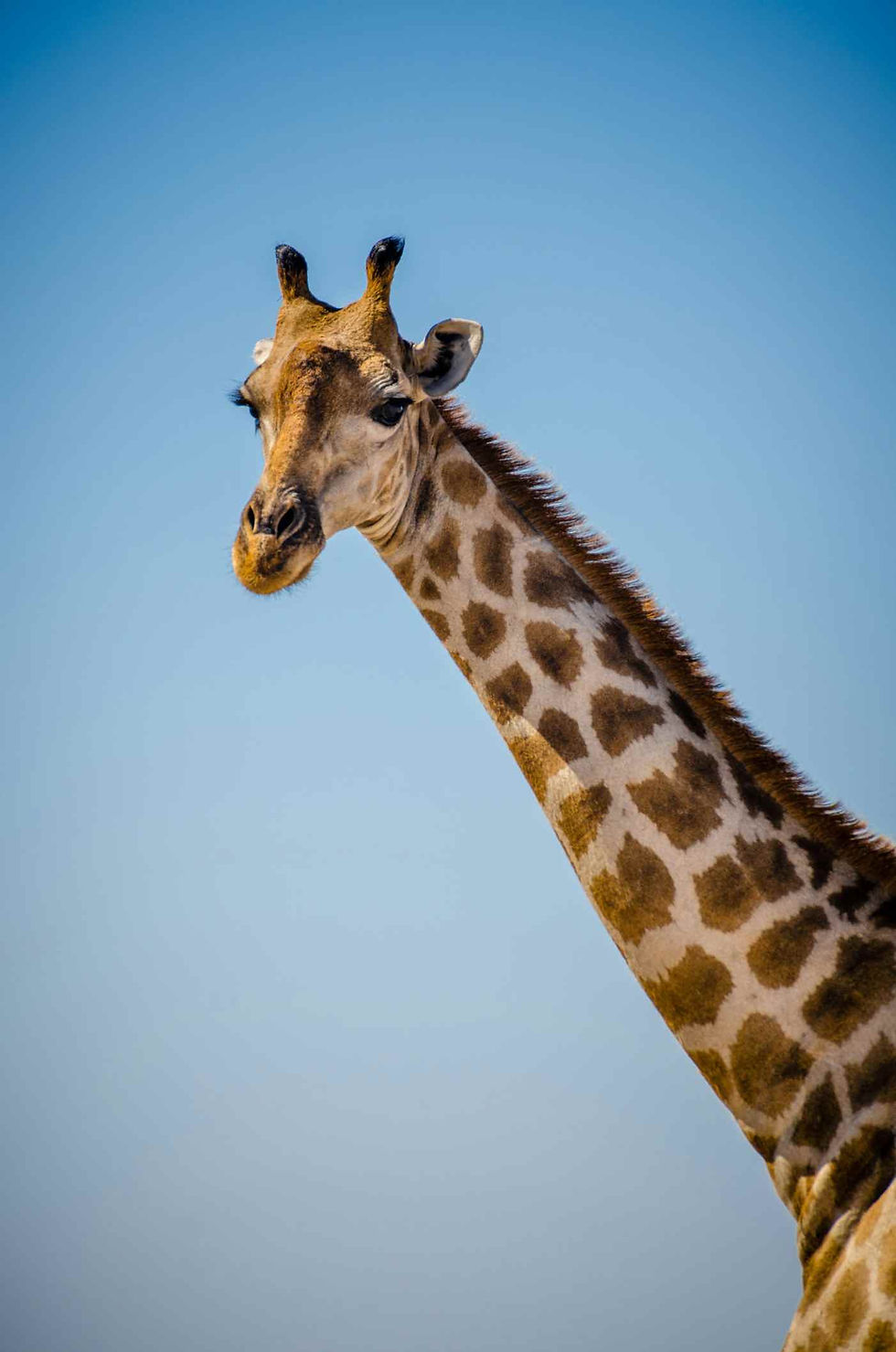
TRAVEL BY SUV
Due to the vast distances and the lack of cities—we can even forget that there are cities in the world when we’re there—the best way to travel in Namibia is by car. And not just any car, but a four-wheel drive SUV specially adapted for camping. If you go for a relatively longer period of time and avoid European holidays, you can rent cars for a fraction of the list price.
So, what can you expect from a car like that? Its platform has been very practically rebuilt, with doors that open from the outside on all three sides. There’s space for chairs, barbecue equipment, a camping stove, shovel, and axe. A foldable table slides into a slot under the roof of the car. There are also two large metal drawers in the back where you’ll find all the cooking utensils, including metal wine glasses. And above the drawers is a pull-out refrigerator on rails, running on a separate battery. There’s nothing better than sipping a glass of cold beer in ultimate comfort after a sweaty day.
CAMPING ON TOP
The cherry on the cake is a tent on top of the car that can be folded and unfolded in a few simple steps. You can open it with the help of an easily detachable ladder; just loosen a few straps to remove the cover. The tent is much bigger (over two meters long), higher and more comfortable than the ones we are used to in Europe. It is an incredible experience to sleep in the wilderness, enjoying all the sounds of nature while resting comfortably and safely on top of the car a few meters above the ground.
The campsites further increase the sense of comfort. Most of them are located in particularly beautiful surroundings, such as by a gully, on high ground, or among sand dunes.

There’s no shortage of space, so there’s as much room for one car as for ten or fifteen in an average European campsite. There is always shade, a set-up barbecue area, and often electricity, a water tap, and sink. We found immaculate cleanliness everywhere, even in the toilets, which are a special treat as they are designed using natural materials. They are simple but built with great creativity. For the most part, they are an integral part of the environment, allowing you to enjoy the view yet providing complete discretion.
Every evening, as we watched the African sunset in stunning shades of orange and purple and sipped fine South African wine, we watched the campfire flames and thought how little it takes to enjoy life and nature.
-----------------
Aliz Ertler is a Hungarian-born graphic designer and marketing consultant who runs a small guesthouse, Wild Boar Cottage, in Badacsonyörs, Hungary, with her Dutch husband.
Her book, Wanderlust – Trips Outside the Comfort Zone from Brazil to Kamchatka, is a 304-page journey featuring 617 photos and 100 stories from 40 countries, organized into 32 unique themes, ranging from art, biking, camping, to volunteering, and wildlife.

There’s a huge difference between writing an essay and completing a thesis. I struggled for months until I found a reliable thesis writing service. The experts provided step-by-step guidance, from outlining my chapters to editing the final draft. With the right thesis writers on your side, the entire process becomes far less intimidating and much more manageable.
Im very happy that you have chosen my piece to publish on your rewamped website.
https://www.wanderlustbook.hu/